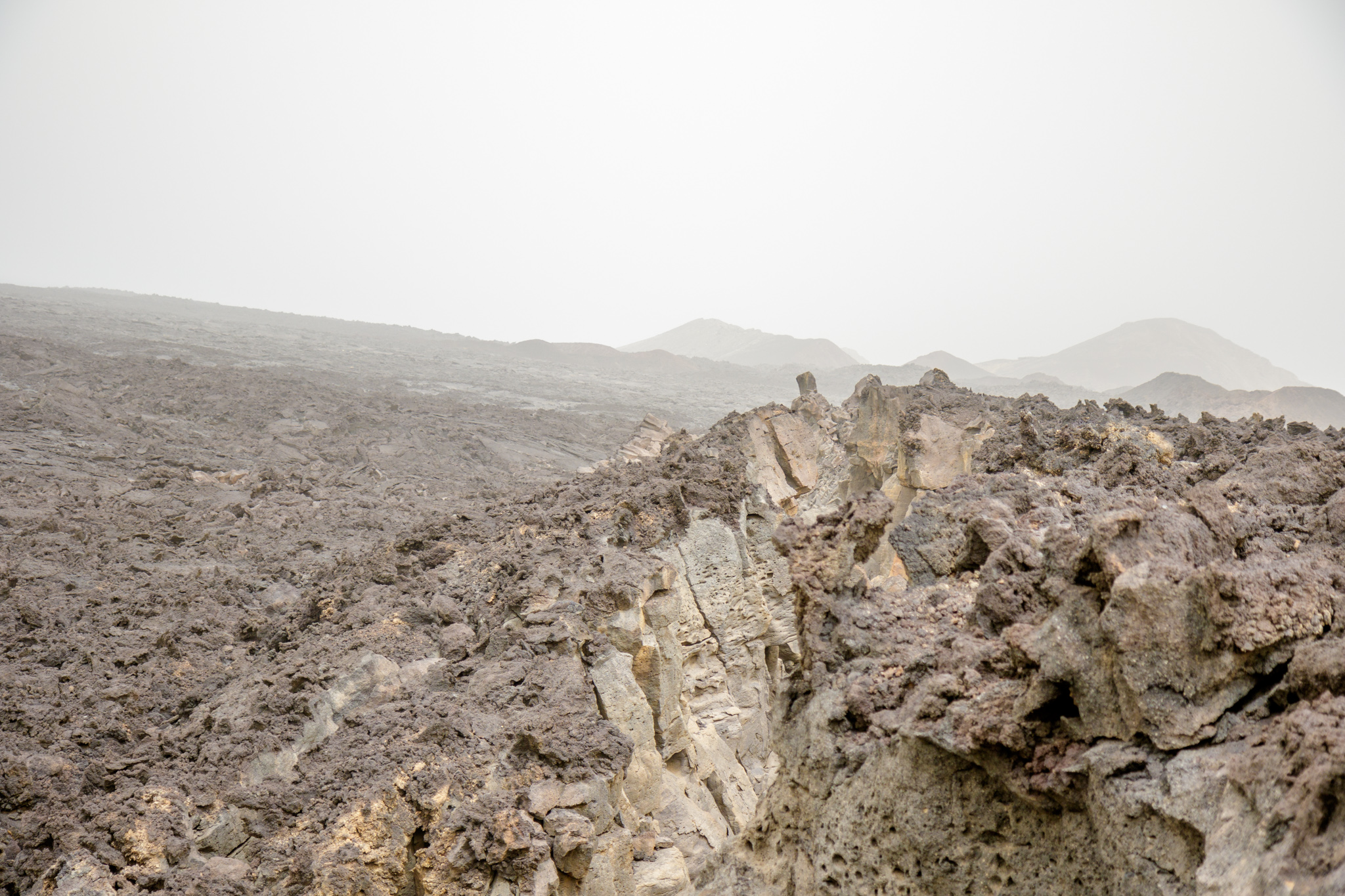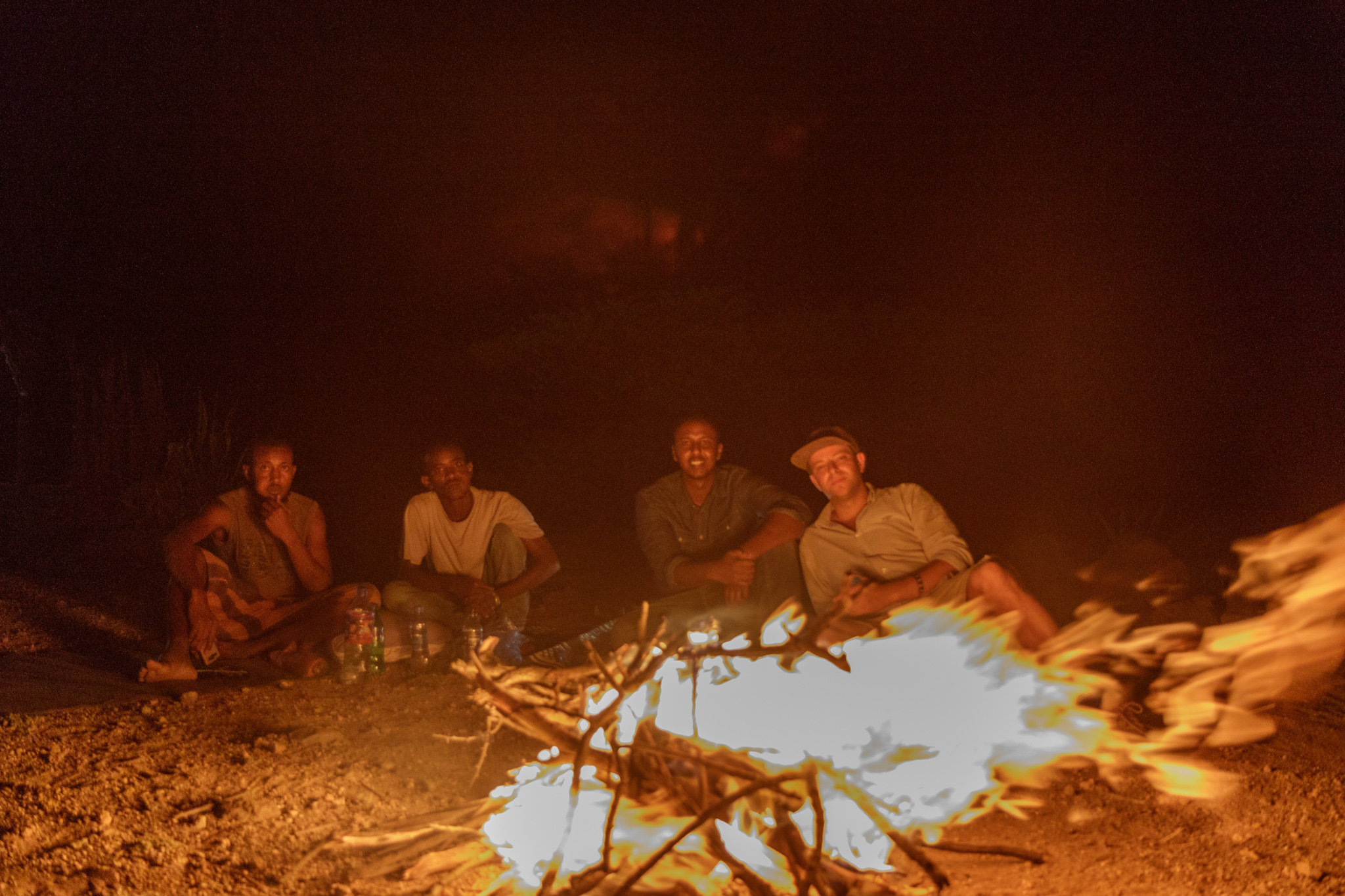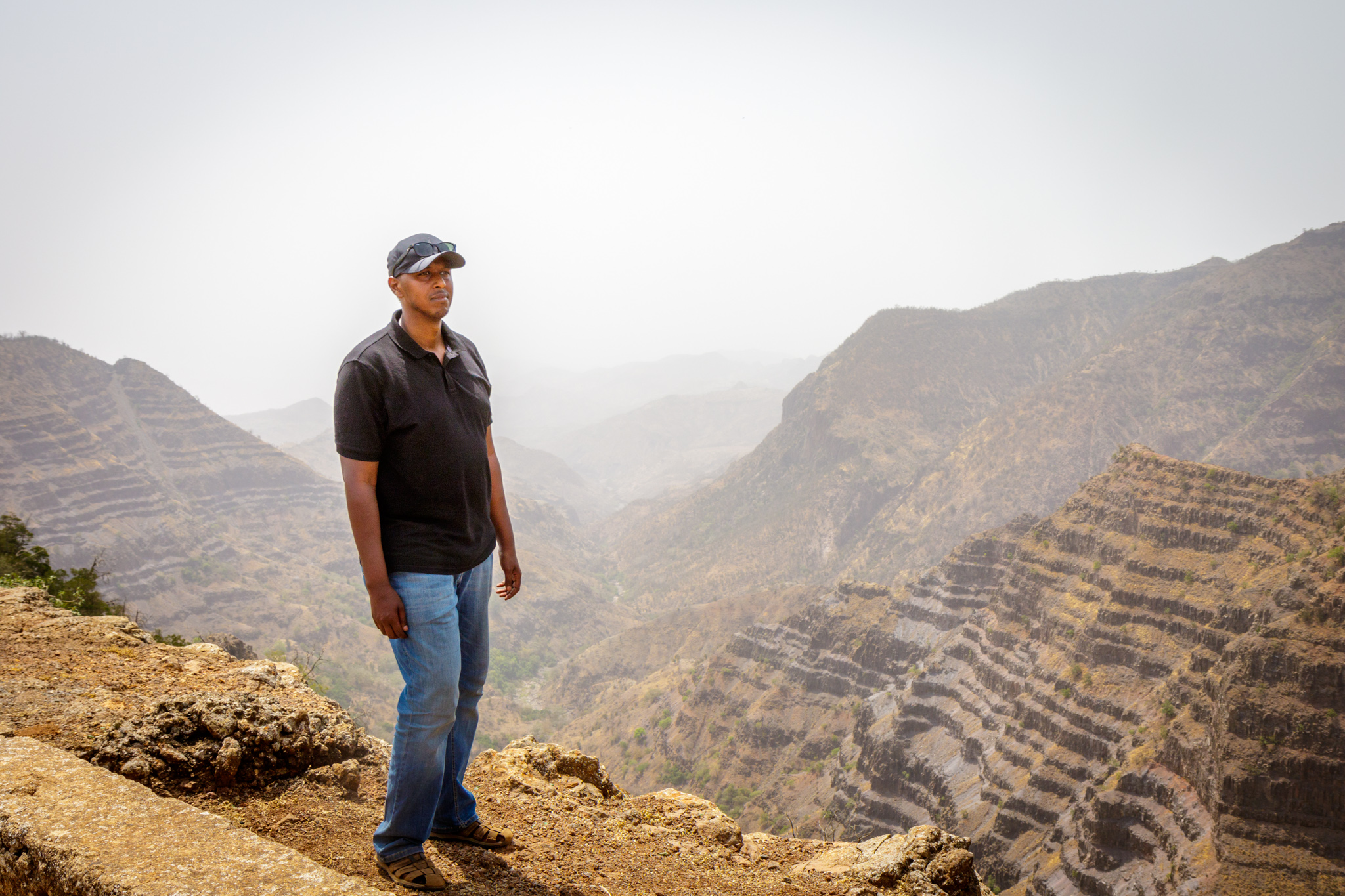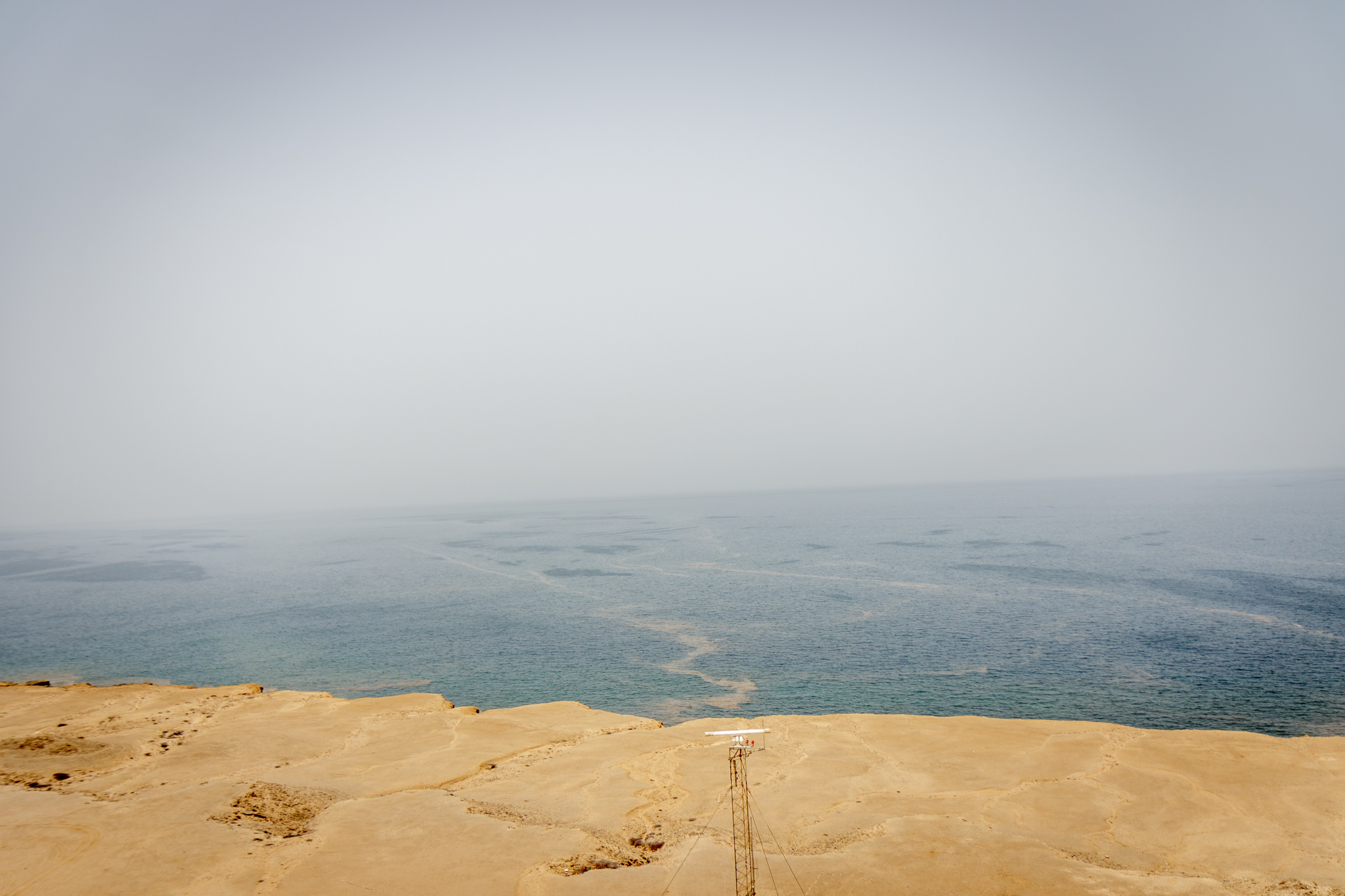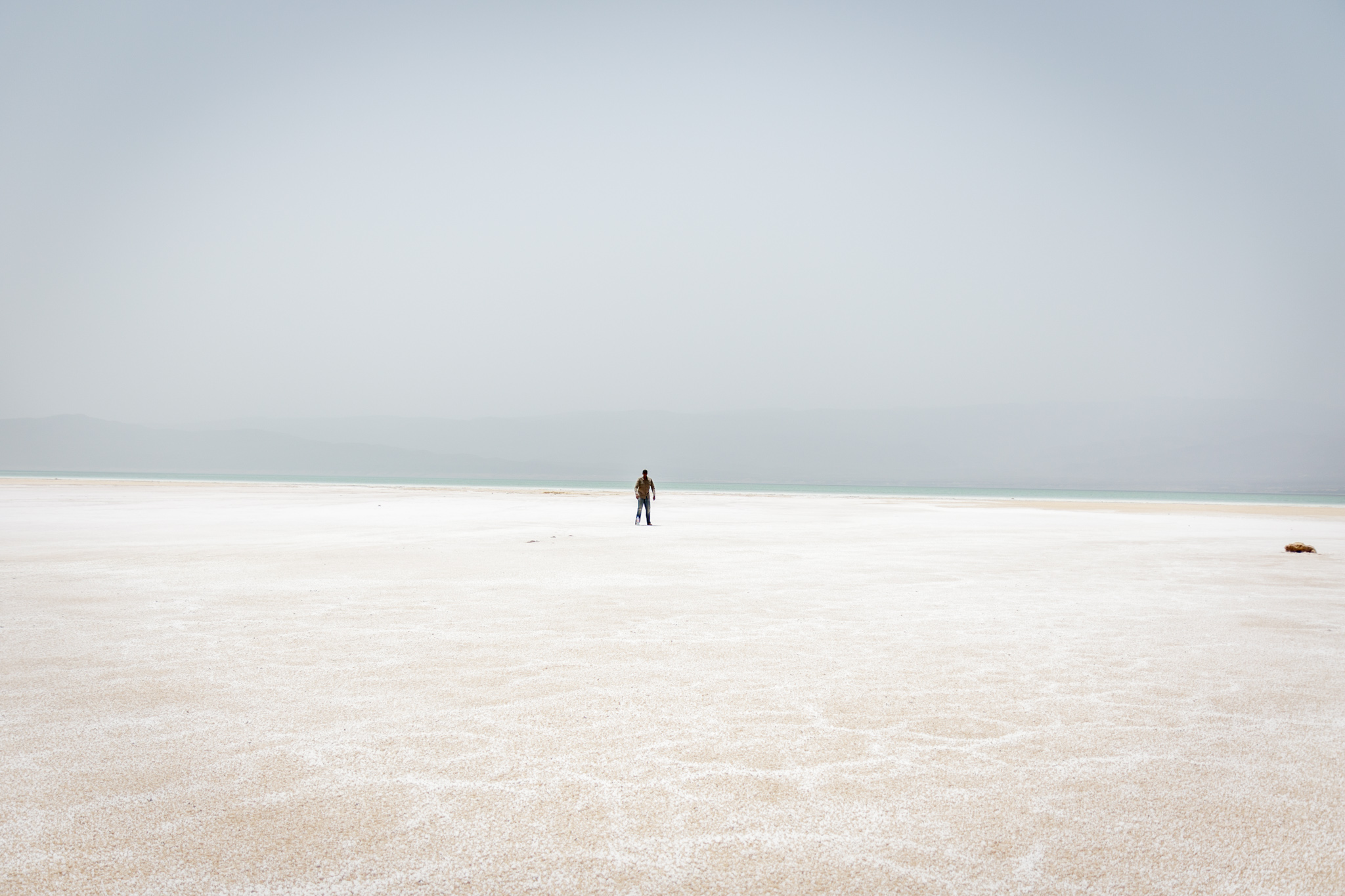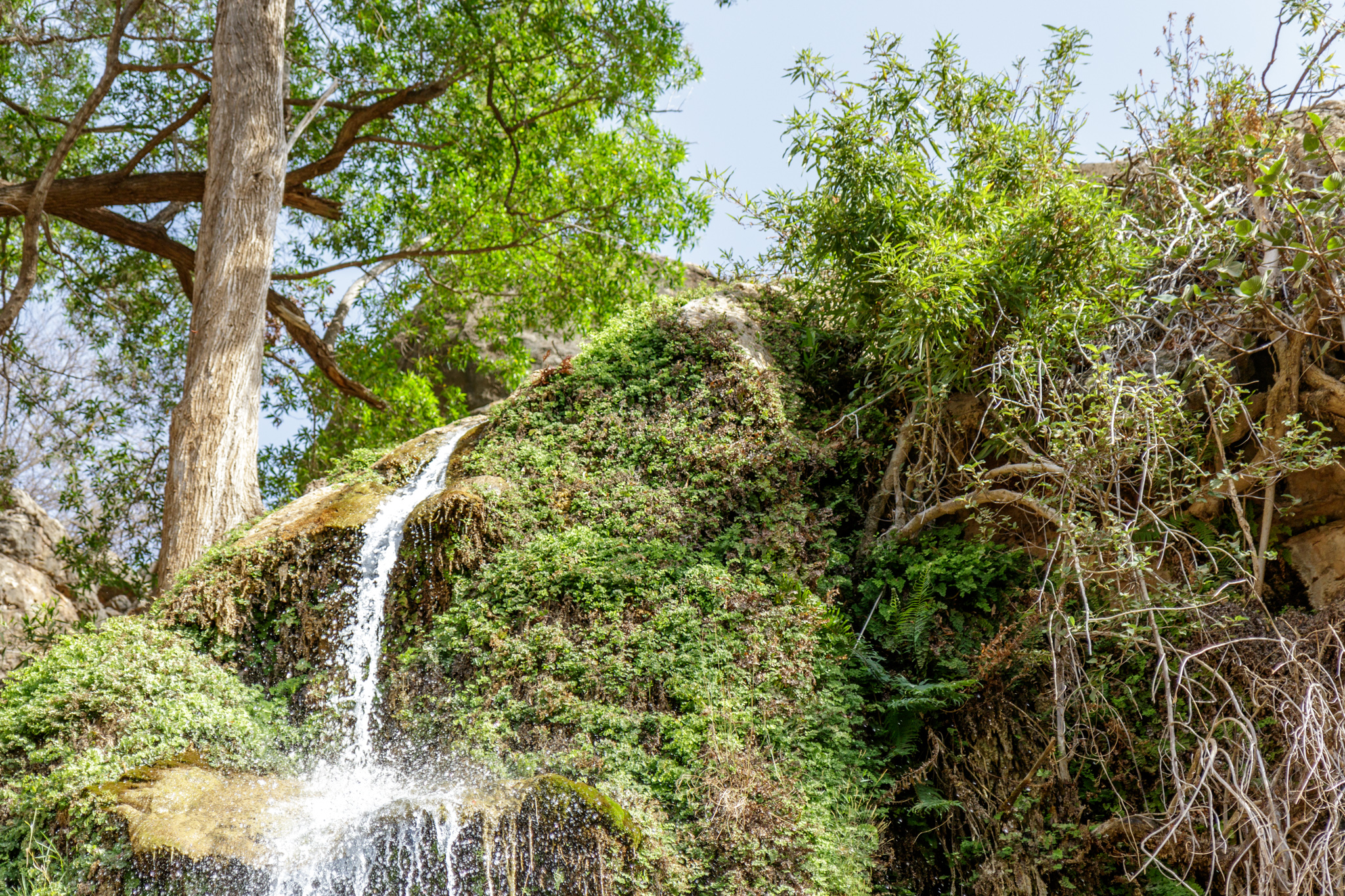In this photo essay, Mohammed Ibrahim Shire captures some of the natural beauty of the Sanaag region and around Djibouti’s Goda Mountains.
Clockwise from top left:
(1) The famous Afro-Arabian Rift System which is a junction of three tectonic plates (Nubian, Arabian and Somali), two of which are moving apart at an average rate of 2cm a year, creating new land in the rift between them. It is the only place on Earth where the rift process is remarkably visible, as all other constructive plate margins are under the oceans.
(2) Camping at Djibouti’s Day National Forest. The oldest national park in Djibouti, it is quite isolated, surrounded by endless semi-deserts and the deserts of the Afar region. Close to 30 years ago, this forest used to be lush and filled with plants.
(3) The Goda Mountains—part of the Day National Forest—rise to a height of 1750m and are a spectacular natural sight.
(4) Untouched paradise: Gudmo Biyo-Cas. It’s an unexplored area in the deep hinterland of Sanaag region. It boasts of pristine springs and cascading waterfalls.
(5) Lac Assal is the lowest point on the African continent and the most saline body of water on earth. The lake experiences summer temperatures as high as 52 °C, so extremely hot!
(6) Perched atop one of the only two remaining lighthouses in Africa: Ras Bir. The French colonial government installed it to monitor ship traffic in the Bab el-Mendab strait, a strait which connects the Red Sea to the Gulf of Aden.

